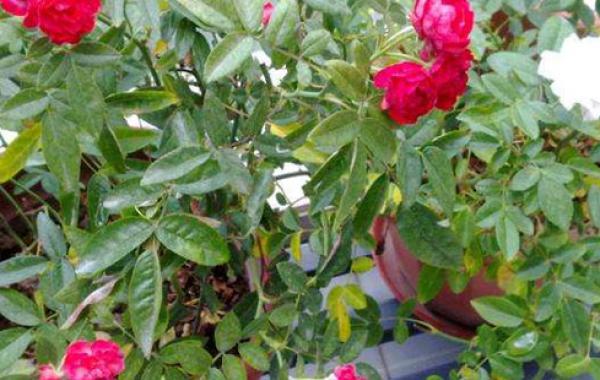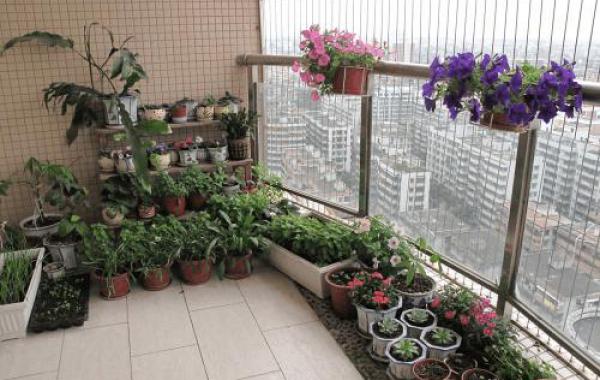How to treat flower red spider, how to control flower red spider

Flower red spider is a kind of pest that seriously harms the growth of flowers, which not only causes huge economic losses to flower farmers, but also hinders the rapid development of flower planting industry. Therefore, florists should strengthen the prevention and control of flower red spiders. So, how to treat the flower red spider? Below, we will introduce in detail the occurrence regularity and control measures of flower red spiders, the specific contents are as follows:
Occurrence regularity of red spiders in flowers
The red spider that occurs in flowers belongs to the family Cricketidae, which occurs for more than ten generations a year. The adult is oval, red or rust-colored. Wax, larvae or nymphs often feed on the back of the host leaves, causing harm by sucking plant juices. The eggs are scattered on both sides of the veins on the abaxial side of the leaves. The number of eggs laid is related to temperature, and one female can lay more than 100 eggs in summer.
Red spiders in greenhouse flowers like to occur in rose, chrysanthemum, cyclamen, calla lilies and other plants, generally do not occur in cactus plants. The low humidity in the air in the shed is beneficial to reproduction and occurs seriously.
Control measures of Red Spider in Flowers
First of all, we should control the source of infection and check whether there are red spiders when moving flowers to prevent them from coming in or out and do a good job of prevention.
(2) spray the leaves, especially the back of the leaves, with clean water every day to inhibit their reproduction.
(3) when the amount of occurrence is large, the following agents can be used to achieve good results.
3.1, first of all, we should control the source of infection, when moving flowers, we should check whether there are red spiders, prevent them from coming in or out, and do a good job of prevention.
3.2. Spray the leaves, especially the back of the leaves, with clean water every day to inhibit their reproduction.
3.3. Spray as soon as possible when there is a large amount of medicine. The following medicaments can be used for good effect, 20% dimethoate and 25% imidophos emulsion 1V _ v _ (600-800) times liquid spray, 20% dicofol and 40% dimethoate EC _ 1VR _ 1500 times liquid spray, or a small amount of carbofuran buried in the basin soil, 5-6 tablets per pot.
Related
- What if the leaves of potted flowers turn yellow?
- Florescence Control of several Flowers
- Anti-freezing technology and post-freezing nursing technology of flowers
- What is the classification of flowers? What are the common methods of flower classification?
- Prevention and control of alkali and acid damage of flowers in courtyard
- Technology of Anti-freezing and restoring growth of Flower seedlings in greenhouse and greenhouse
- How does flower fertilization not hurt the root? Fertilization technology of flowers
- Key points of disinfection in flower greenhouse
- Several pesticides that are banned or used cautiously in flowers
- How to fertilize the flowers that watch the leaves?



